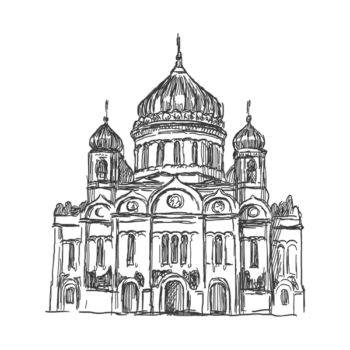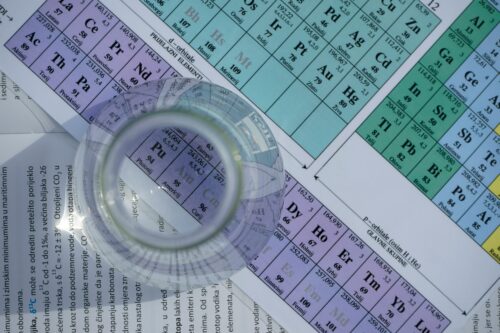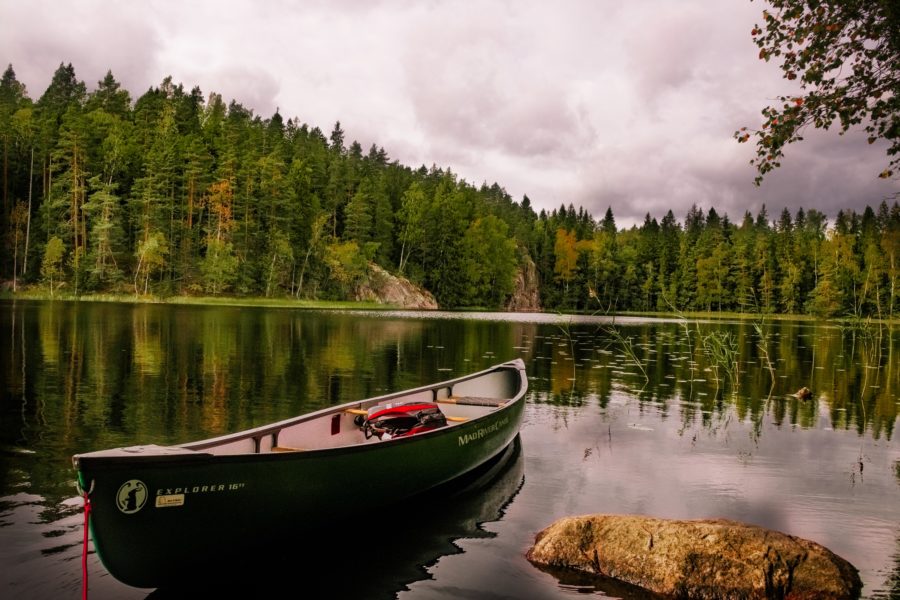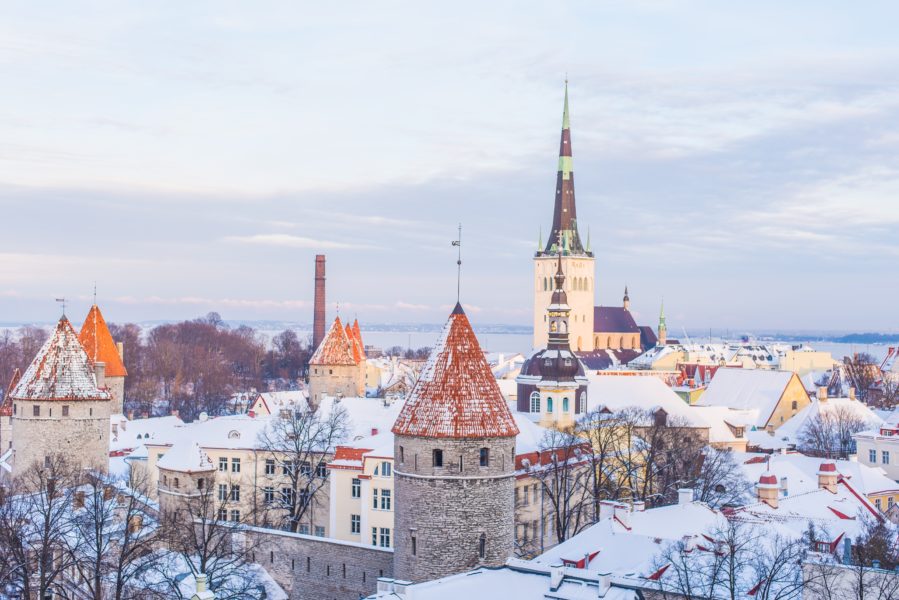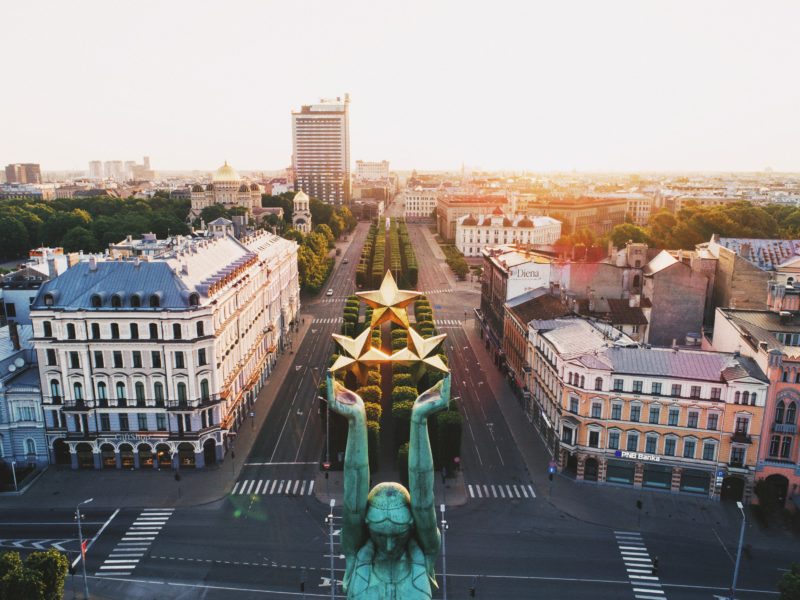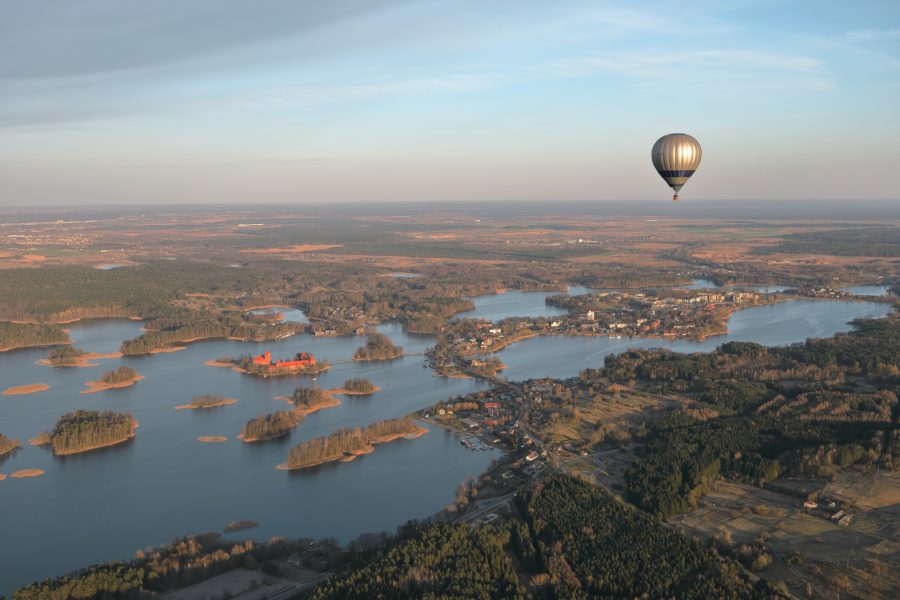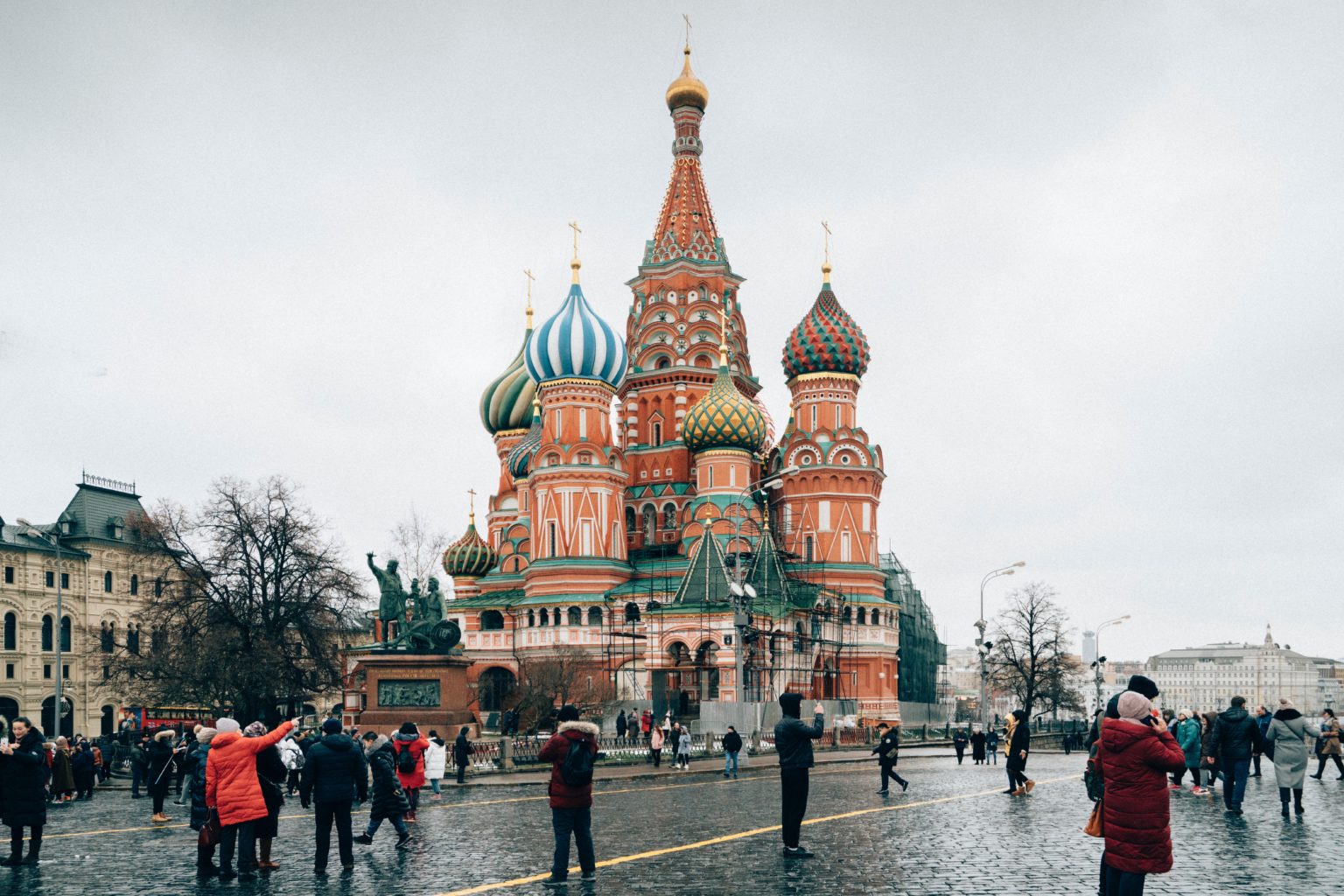
Russia
St. Basil's Cathedral, Moscow
Russia
Science in Russia
-
The Facts
| Population | 143,826,000 [1] |
| Area | 16,376,870 km² [2] |
| Gross domestic product per capita in US-Dollar | 13,648.0 [3] |
| Public expenditure on education (share of GDP) | 3.7 % [4] |
| Universities | 1,058 |
| Universities per 1 million inhabitants | 10.20 |
| Expenditure on Research and Development (share of GDP) | 1.0 (share of GDP) [5] |
Quellen:
-
↑
https://www.destatis.de/DE/Themen/Laender-Regionen/Internationales/Laenderprofile/russische-foederation.pdf?__blob=publicationFile
-
↑
https://www.destatis.de/DE/Themen/Laender-Regionen/Internationales/Laenderprofile/russische-foederation.pdf?__blob=publicationFile
-
↑
https://www.destatis.de/DE/Themen/Laender-Regionen/Internationales/Laenderprofile/russische-foederation.pdf?__blob=publicationFile
-
↑
https://www.destatis.de/DE/Themen/Laender-Regionen/Internationales/Laenderprofile/russische-foederation.pdf?__blob=publicationFile
-
↑
https://www.destatis.de/DE/Themen/Laender-Regionen/Internationales/Laenderprofile/russische-foederation.pdf?__blob=publicationFile
